- europages
- >
- Spices
- >
- VEHGRO B.V
- >
- products
VEHGRO B.V - Organic Wholesaler - Private Label Partner
Germany
Wholesaler


VEHGRO B.V
Germany
"Origin of Carob Carob powder comes from the carob tree (ceratonia siliqua), this species is mainly found in the Mediterranean. The plant is known for its pods with high nutritional value. Carob powder can be used as a substitute for cocoa, the flavors are namely fairly similar, carob is only sweeter and has a mild nutty flavor. The carob tree becomes up to 15 meters high. The crown is broad and semi-spherical, supported by a thick trunk with rough brown bark and sturdy branches. The carob tree is widely cultivated, but also still grows wild in eastern Mediterranean areas. Carob trees can survive long periods of drought, but to grow fruit for carob powder, they need 500 to 550 millimeters of rain per year. Processing Carob Powder Carob powder is made from the dark brown seeds in the pods of the carob tree. The pods are up to 20 cm long and about 3 cm thick. After harvesting the pods, the carob pods are dried and sieved. Then the carob pods are put into …"
Request for a quote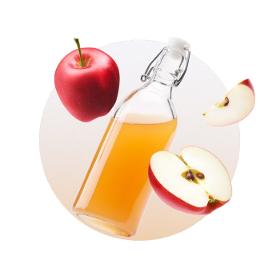
VEHGRO B.V
Germany
"Origin and history of apple cider vinegar Apple vinegar, also known as apple cider or apple cider vinegar, is a natural product (juice) made from fermented apples. It has been used for centuries as an effective preservative. More recently, apple cider vinegar has become popular because of its amazing health benefits Production Process, Harvest or Processing Apple Cider Vinegar The apples are milled creating a liquid that is mixed with yeast to start the process of alcoholic fermentation. The sugars are converted into alcohol. At the same time, acetic acid bacteria ensure that the created alcohol is converted into vinegar. In the final apple cider vinegar is thus no alcohol. Healthy properties Apple Cider Vinegar and applications Apple vinegar can be used in various ways, both internally and externally. It is besides a delicious addition to a salad or vegetable also good for the body. Apple cider vinegar can help to keep the skin supple and soft…"
Request for a quote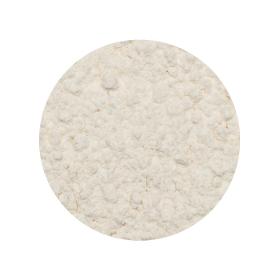
VEHGRO B.V
Germany
"Origin and history Cane sugar Cane sugar is an ancestral cultivated species of cane. It was first cultivated by the Austronesians in maritime Southeast Asia about 5000 years before Christ. Thanks to a prehistoric migration by sea, the Austronesians extended their territories from Madagascar to Hawaii until 1500 BC. And during these migrations, cane sugar came along. Sugar was first made from cane in northern India. From the 8th century onwards, Muslims and Arab traders spread cane sugar around the world. In the Middle Ages, cane sugar was a status symbol of power in Europe and was counted among the rare and expensive spices. How is Cane Sugar (powder) made? Cane sugar can come in various forms. Depending on the amount of Molasses filtered out of the primal product, the colour of cane sugar becomes lighter and lighter. Molasses is a product that is processed in rye bread and licorice, among others. Healthy properties of Cane sugar powder and applicatio…"
Request for a quote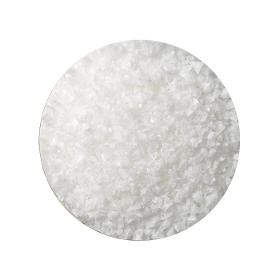
VEHGRO B.V
Germany
"Origin Indian Sun Flakes Our Indian sun flakes are extracted from a salt dome located in seawater, in north-east India. For our sun flakes, pure and clear seawater from the Indian Ocean is pumped into evaporation basins. On warm and windy days, the evaporation of the seawater causes small salt flowers to form on the surface of the water, resembling a fine layer of ice. This moist Fleur de Sel is skimmed by hand using a wooden spoon. In order to turn the moist Fleur de Sel into our snow-white solar flakes, the freshly harvested salt is dried under glass plates and under the influence of the sun. The resulting white and very dry salt flakes are similar to Murray River salt. Use The Indian sun flakes get their exceptionally mild taste from the ratio of calcium to magnesium. Due to its special structure, it is a waste to use this salt during cooking. It is better to use the salt as a 'finishing touch' in the finishing and/or decoration of different kinds o…"
Request for a quote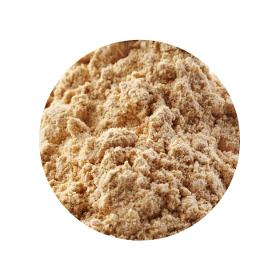
VEHGRO B.V
Germany
"Maca, the source of an empire Maca can rightly be called the 'doping' of the Incas: you can build an entire empire with it. Maca is a root vegetable, which originally grows in Peru. Maca was mainly grown in inhospitable terrain, which proved unsuitable for most other crops. Maca cultivation at high altitudes The special thing about Maca is that it is grown at altitudes of over 3,500 metres. Inca warriors used the crop to feel stronger. It is also said that Maca prevents ageing, increases immunity and improves libido. Maca is thus similar to Fenugreek. The Taste of Maca Maca tastes like a mix of nuts and butterscotch. In raw Maca, the nutty flavor is prominent, while in dried Maca a more earthy flavor predominates. Maca powder organic is good to use as a flavor enhancer, including in juices, with cocoa and nut milk. Properties of Maca The active substances in the powder of the Maca include amino acids, which play a crucial role in …"
Request for a quote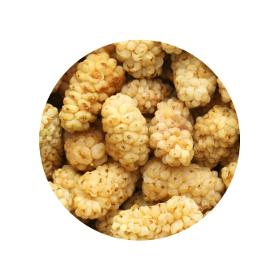
VEHGRO B.V
Germany
"White mulberry plant The white mulberry (Morus alba) is a plant native to China. The mulberry is one of the last trees to flower in summer. The plant has an important value, as it is indispensable for the production of silk. The silkworm is shy and only eats the leaves of this plant. The fruits of the mulberry tree are used for human consumption. Health benefits Mulberries are fat free, low in sodium and are packed with various vitamins and minerals. For example, the mulberry contains vitamins A, B6, C, E, K and the minerals calcium, potassium, magnesium, iron, zinc, copper and phosphorus. It helps to strengthen the eyesight and maintain the blood pressure. Due to the many fibers in the fruit, mulberry makes you feel satisfied quickly. Use of the mulberry You can put dried mulberries through the yogurt or in a fruit salad. You can also add them to a smoothie for extra flavor and nutrients. They are also delicious to eat out of hand or add to a…"
Request for a quote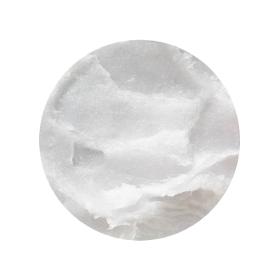
VEHGRO B.V
Germany
"Origin of the Coconut The coconut (Cocos nucifera) comes from the coconut palm. Coconut palms grow mainly in tropical countries. The fruit of the coconut is found in a green husk. After the removal of the green part, what remains is the hairy, brown and wooden nut. The brown ball has a diameter of 10 to 15 centimetres and contains the white flesh. Coconuts were first cultivated in Southeast Asia and today most coconuts come from Indonesia, Filepines and India. For more information about this product, please visit the following page: Article Coconut Oil Production process Coconut Oil odourless The flesh of the coconut has a sweet, nutty taste. After harvesting the coconut, it is processed into an oil. The coconut oil is pressed from the dried flesh of the coconut and originally refined, bleached and deodorized. Use of Coconut Oil Coconut oil has a high saturat…"
Request for a quote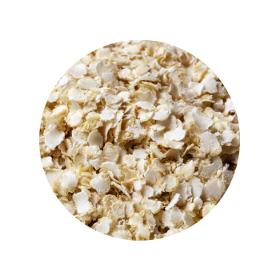
VEHGRO B.V
Germany
"History and Origin of Quinoa Quinoa (Chenopodium quinoa) is native to South America and has been grown as the main food crop since 6000 years ago. Quinoa was already used by the Incas as a field product. The plant is able to grow under cold, nutrient-poor and dry conditions. The growth period is about 5-6 months. Through crossbreeding, quinoa varieties have been created which can grow in European and North American conditions. In the first half of April the quinoa is sown in Europe and the harvest takes place from mid-September. Production Process Quinoa Flakes After harvest, the quinoa is first cleaned. Then the quinoa is washed to remove the saponin. Then it is dried and the best pieces will be selected by hand. These pieces are soaked to flatten the quinoa. After drying, the quinoa is sieved and then processed into quinoa flakes. Healthy properties Quinoa Flakes <Quinoa flakes are rich in vitamins B2, E, iron, copper and magnesium. Quino…"
Request for a quote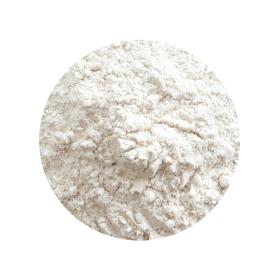
VEHGRO B.V
Germany
"Rice Rice is a cultivated crop. This means that it is a plant species that was grown for human use and is bred from wild plants. Rice (Oryza) is a cereal, of which China is the largest producer and consumer and Thailand the largest exporter. Rice grows as a branched plume. The panicle contains between 50 and 500 spikes, each containing a flower. The ovary and later the grains are enclosed by calyxes. The growing process of rice takes on average between 3 and 6 months. History of rice The origin of rice is in Asia. About 9000 years ago people started growing rice in the tropics. The rice grains were discovered in the village of Shangshan. The cultivation of crops enabled people to live in one place. Rice was found in Shangsan in jars and stones, along with tools to grind the rice. Rice was not eaten more frequently in Europe until the 15th century, this was due to the voyages of discovery to Asia. Use Rice flour is ground and uncooke…"
Request for a quote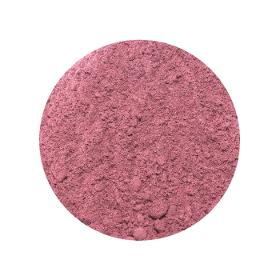
VEHGRO B.V
Germany
"A Little History of Red Beetroot The red beetroot, (Beta vulgaris subsp. vulgaris var. ruba) is a root vegetable of the amaranth family (Amaranthaceae) in the genus beetroot and is closely related to the sugar beet. The word 'beetroot' is an Old Germanic derivation of the Latin 'beta'. Red beetroot was cultivated by all powerful peoples in ancient times. The Greeks and Egyptians used it mainly for its leaves and it is thought that the ancient Romans finally discovered that the beetroot itself could also be used. The Uses of Red Beets People use the red beetroot (sliced) to pickle it, to make pre-cooked pot vegetables, but also to make Borscht, the popular ingredient in many Eastern European soups. Healthy properties Red beetroot powder Red beetroot powder gives a beautiful red or pink colour to cakes, cupcakes, pancakes, sauces, soups, dips and other preparations. This beetroot powder provides a soft, sweet touch without overpowering other fla…"
Request for a quote